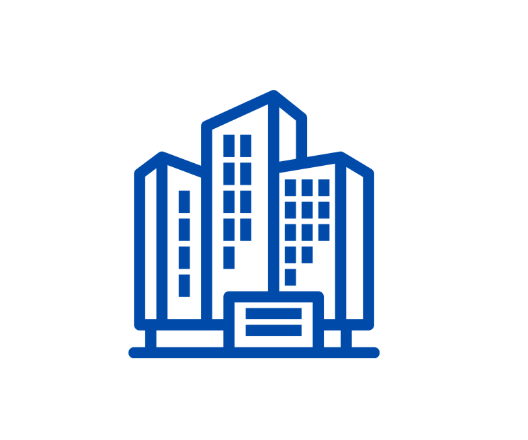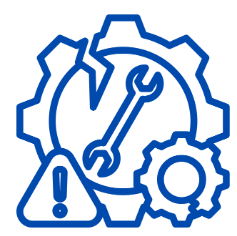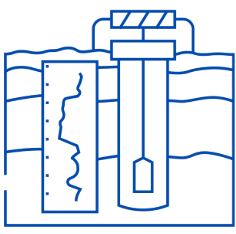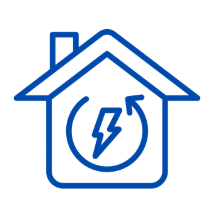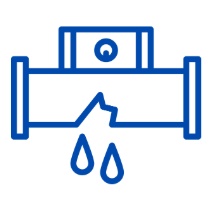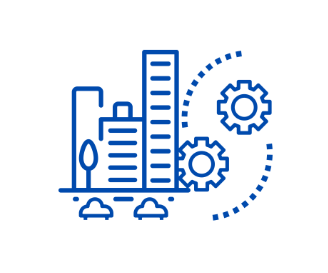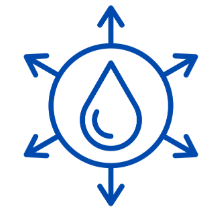Infrastructure
In today's connected world, IoT sensors and infrastructure are transforming industries by enabling smarter decision-making, improved efficiency, and real-time insights. Whether in manufacturing, healthcare, agriculture, or smart cities, IoT technologies provide the foundation for a new era of automation and data-driven success. Our IoT sensor solutions and infrastructure provide businesses with the tools they need to optimize operations, enhance performance, and reduce costs. By combining cutting-edge sensors with powerful connectivity and cloud platforms, we deliver smart, scalable solutions that drive innovation across industries.
Applications
Key Objectives of IoT Sensors and Infrastructure
The integration of IoT sensors and infrastructure into business and operational strategies is driven by several key objectives. These objectives focus on leveraging technology to optimize processes, improve decision-making, and provide enhanced efficiency across various industries. Here are the core goals businesses aim to achieve by adopting IoT solutions.
Real-Time Data Collection and Monitoring
One of the primary objectives of IoT sensors is to collect real-time data from the environment or assets. Sensors track critical parameters such as temperature, humidity, motion, or pressure, providing businesses with continuous visibility into operations. This real-time data allows for:
- Immediate identification of issues or anomalies
- Continuous monitoring without human intervention
- More accurate and timely decision-making
By having access to up-to-date data, businesses can respond faster to problems and improve overall operational efficiency.
Automation and Process Optimization
IoT sensors, when paired with robust infrastructure, enable the automation of business processes. From adjusting HVAC systems in buildings to optimizing production lines in manufacturing, IoT helps businesses reduce manual intervention, enhance system efficiency, and lower costs. The key benefits include:
- Predictive maintenance: Anticipate equipment failures before they occur, reducing downtime and maintenance costs.
- Operational efficiency: Automate routine tasks to focus on strategic initiatives.
- Resource optimization: Ensure the optimal use of energy, materials, and labor through automated systems and insights.
Cost Reduction and Resource Efficiency
One of the main drivers of IoT adoption is the ability to reduce costs by improving resource efficiency. Through continuous monitoring and data analysis, IoT sensors help businesses track resource consumption and identify areas of waste. This leads to:
- Lower energy consumption by optimizing heating, lighting, and air conditioning systems
- Reduced waste in manufacturing or agriculture
- Improved asset management to extend the life of equipment and reduce repair costs
By identifying inefficiencies and optimizing resource allocation, businesses can significantly lower operational costs.
Enhanced Decision-Making with Data Analytics
IoT infrastructure not only collects data but also enables advanced data analytics. By analyzing the vast amounts of data generated by IoT sensors, businesses can uncover trends, patterns, and insights that inform strategic decision-making. Key benefits include:
- Predictive insights: Forecast future trends, identify potential risks, and make proactive decisions.
- Data-driven strategies: Make better business decisions based on factual, real-time data instead of assumptions or outdated information.
- Improved planning: Use data insights to optimize workflows, production schedules, and inventory management.
IoT empowers organizations to make informed decisions that align with both short-term goals and long-term strategies.
Improved Safety and Risk Management
IoT sensors also play a critical role in improving safety and risk management across industries. By continuously monitoring environmental conditions, equipment health, or employee activity, IoT systems can help prevent accidents and mitigate risks. This includes:
- Early hazard detection: Detect unsafe conditions (e.g., gas leaks, temperature fluctuations) and take immediate corrective actions.
- Employee monitoring: Ensure worker safety by monitoring vital signs or activity in hazardous environments.
- Compliance: Ensure regulatory standards are met in industries like healthcare, manufacturing, and construction.
By enabling proactive safety measures, businesses can reduce accidents, improve employee well-being, and avoid costly regulatory fines.
Scalability and Flexibility for Future Growth
An essential objective of adopting IoT solutions is ensuring that systems are scalable and flexible to grow with the business. As organizations expand or evolve, IoT sensors and infrastructure must be able to handle increased data volumes, additional devices, and more complex processes. Benefits of scalability include:
- Future-proofing: Adopt technologies that can grow with the business, easily integrating new devices and capabilities.
- Customizable solutions: Tailor IoT systems to meet the specific needs of the business, whether in smart homes, industrial automation, or healthcare.
- Global reach: Manage devices across multiple locations or regions, all from a centralized platform.
The ability to scale IoT solutions ensures that businesses can meet future challenges and remain competitive as their needs change.
Enhanced Customer Experience and Engagement
IoT technology enables businesses to offer an improved customer experience by providing real-time, personalized services. For example, in the retail sector, IoT sensors can monitor customer preferences, allowing businesses to customize product offerings or recommend tailored promotions. Other ways IoT enhances customer engagement include:
- Personalized experiences: Use data to tailor services or products to individual customer needs.
- Better service delivery: Automatically adjust systems like lighting, heating, or inventory based on customer preferences or usage patterns.
- Real-time customer support: Monitor product performance remotely to provide proactive customer service.
By leveraging IoT to enhance customer satisfaction, businesses can build stronger relationships, increase loyalty, and differentiate themselves from competitors.
Environmental Sustainability
Many organizations are focusing on using IoT solutions to promote environmental sustainability. Through the use of IoT sensors and infrastructure, businesses can monitor energy consumption, track waste production, and ensure more sustainable practices. Key objectives in this area include:
- Energy efficiency: Monitor and optimize energy use in buildings, factories, and transportation systems.
- Waste reduction: Track and minimize waste in manufacturing processes, agriculture, and logistics.
- Sustainability reporting: Collect data to support sustainability initiatives and comply with environmental regulations.
IoT contributes to environmental goals by improving resource management and reducing the ecological footprint of business operations.
The integration of IoT sensors and infrastructure offers a wide range of objectives that enhance efficiency, productivity, and competitiveness. From real-time monitoring and data analytics to cost reduction and automation, IoT technology is driving transformation across industries. These solutions empower businesses to meet both current needs and future challenges, creating a smarter, more connected world.
Ready to unlock the full potential of IoT? Contact us today to explore how our IoT solutions can help you achieve your business objectives.
Sectors

Property Management
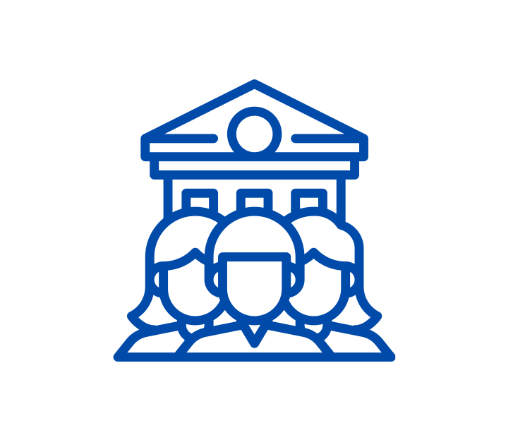
Government

Construction
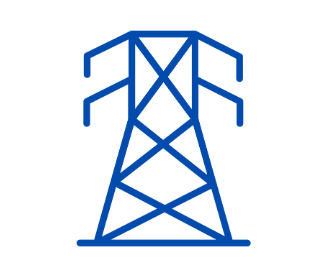
Utility Providers
